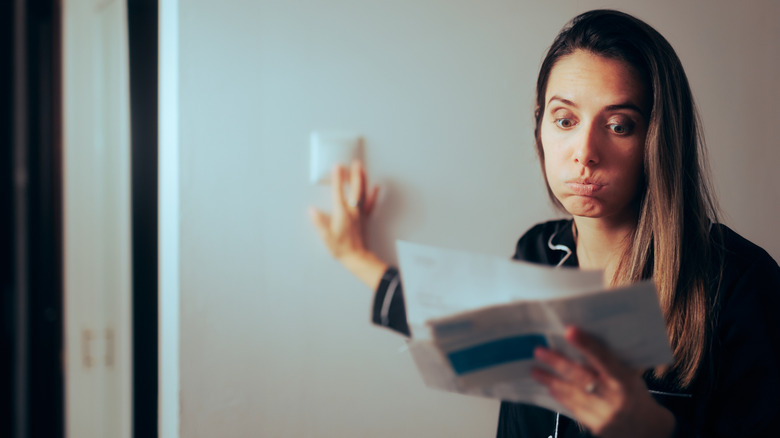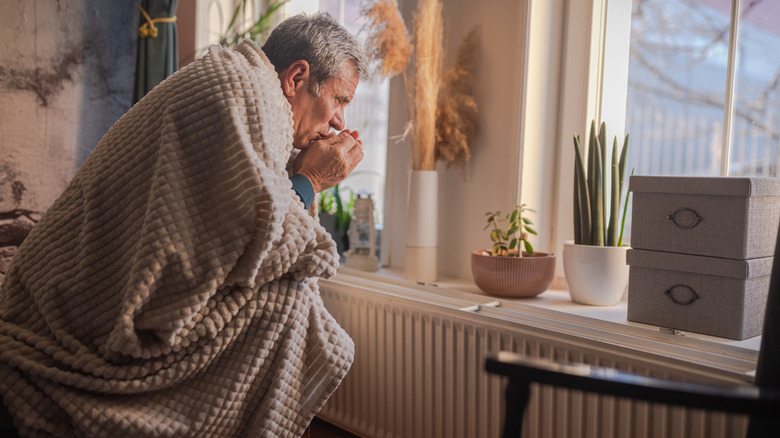What A Proposed Bill Could Mean For Who Controls Your Utilities
In many homes, touching the thermostat is a touchy subject. There's often one person who knows the exact degree that feels just right, temperature- and budget-wise. Meanwhile, the rest of the house is sweating or shivering, occasionally making a stealthy adjustment when nobody's looking. One Ohio lawmaker wants to change all that. Representative Roy Klopfenstein (R-Haviland) has recently sponsored a bill that might not achieve household harmony when it comes to domestic comfort, but aims to help families save on their electric costs each month. House Bill 427 authorizes a demand response program for residential and small business customers, legislation that aims to give Ohio's utility companies control over air conditioners, hot water heaters, and other appliances.
The bill is still in committee, which means it's being reviewed, discussed, and revised before being considered by the entire House. As it's written, customers would be allowed (but not required) to opt in to a program that allows their utility companies to manage thermostatically controlled appliances during peak demand periods.
Many people are already reducing bills with a smart thermostat, but enrolling in the proposed program would see temperatures nudged a few degrees and water heaters cycled depending on overall demand in the area. HB 427 proposes that the Public Utilities Commission of Ohio (PUCO) would review the program to protect consumers by ensuring it is cost-effective and competitive, and participants would retain the ability to override any adjustments manually on any scorching hot or frigidly cold days.
Demand response programs are common, but critics aren't sold
From drafty windows to poor insulation, there are a lot of reasons your electric bill is through the roof. And as energy costs skyrocket, more people than ever are struggling. A 2023 survey by the Smart Energy Consumer Collaborative indicated that a third of Americans have a hard time affording their electric bills. That number jumps to almost half among renters and lower-income households. It's an alarming trend and a worry shared by Democrats, Republicans, and independents alike.
Representative Klopfenstein's idea isn't brand new. Ohio's utility providers already offer demand response programs to large commercial energy consumers. And many other states already run residential demand response programs. In Arizona, utility providers pay households to let the grid slightly adjust thermostats during summer heat waves. Massachusetts also has programs that temporarily manage thermostats, water heaters, and even electric vehicle charging stations during usage spikes. These efforts have reportedly saved residents and businesses billions of dollars on their energy bills.
Still, not everyone is thrilled about the idea of taking control away from consumers and putting it into the hands of private or publicly owned utility companies. Critics argue that demand response programs will be voluntary only until consumer choice is eroded. There's also an issue of renters and lower-income households frequently living in drafty or older homes without modern insulation and wiring, making them less likely to benefit from savings and more vulnerable to discomfort. The same goes for older adults or families with babies, since what looks like a few degrees on paper to regulators doesn't always translate to the perfect temperature in reality.

